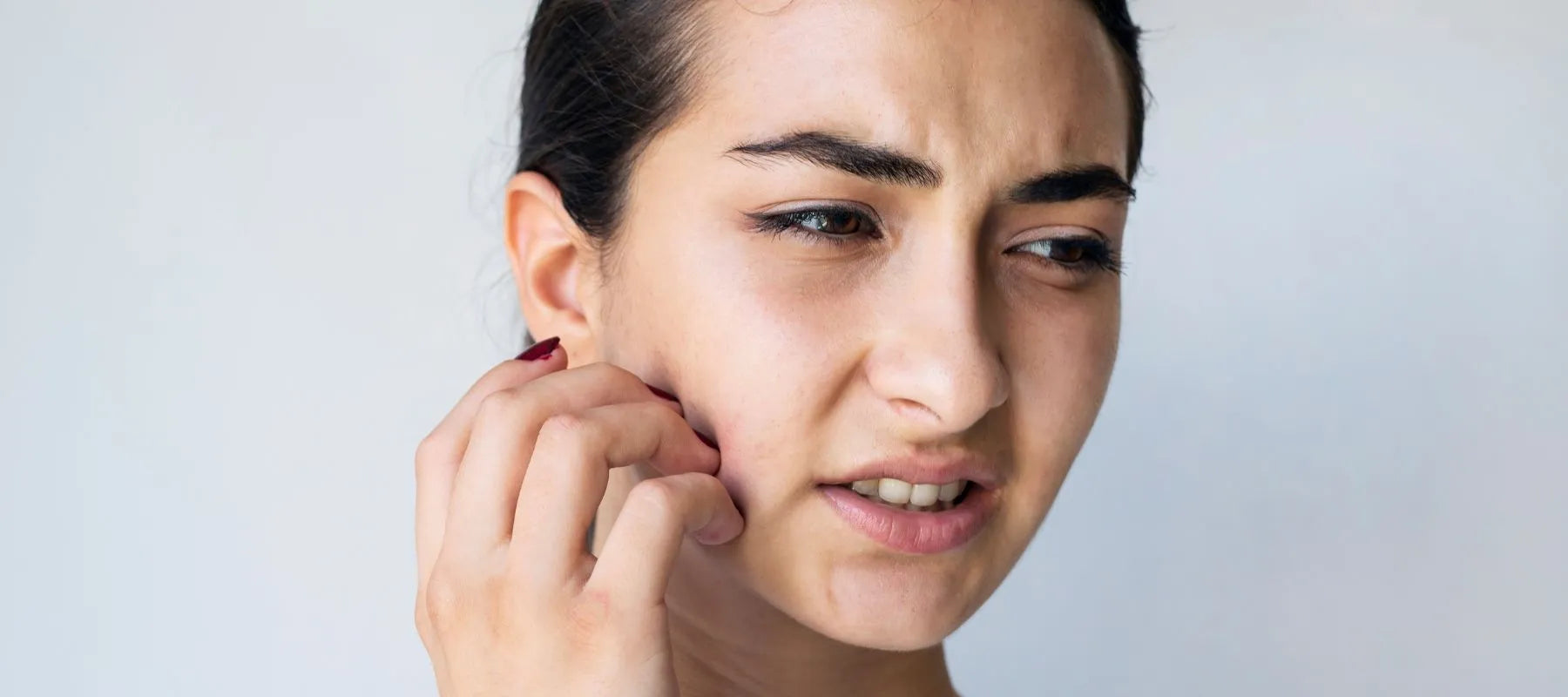
Heat rash on face: Causes, symptoms and treatment
Heat rash, or prickly heat, is a common skin condition on any body part, including your face. It develops when your sweat ducts become blocked and swell up, creating an itchy red rash.
Various factors can cause heat rash on the face. The main symptoms are small red bumps on the skin that can cause itchiness or prickling sensations. Though harmless, heat rash should be treated to avoid infection and discomfort. This article will help you explore the causes, symptoms, and treatment of facial heat rashes.
What is a heat rash on the face?
Heat rash, also known medically as miliaria, refers to the clogging of sweat glands in the skin. Excessive sweating in the hot and humid weather conditions can cause this clogging. These rashes can appear as tiny red bumpy eruptions on body areas with multiple sweat glands, such as the face, neck, and back.
When our body gets excessively hot, the sweat glands work overtime to cool the skin through perspiration. But if the sweat ducts get blocked due to swelling, the sweat gets trapped under the skin surface. This causes irritation and results in the formation of tiny blister-like bumps.
Facial skin is quite sensitive and has plenty of sweat glands, making it prone to blocked ducts and heat rash outbreaks, especially in summer. These rashes resemble tiny pimples and can burn, itch, or feel prickly.
Also read: Itchy bumps on skin: Causes and treatment
Symptoms of heat rash on face
Here are the common signs and facial skin reactions one usually experiences with heat rashes:
- Formation of clusters of small red bumps and pimple-like eruptions.
- Experiencing itchiness or prickling sensation.
- Mild swelling and inflammation in the facial skin.
- Stinging or burning sensation in the facial skin.
- Increased facial sweating and dampness.
- Flushed facial appearance.
Sometimes, the tiny facial blisters may also ooze sweat or clear the fluid when pressed. These rashes typically develop within hours of exposure to a hot environment and can worsen if you do not implement cooling methods.
What are the causes of heat bumps on the face?
Multiple contributing factors can make your facial skin prone to blocked sweat glands and heat rashes. Key factors could include the following:
- Hot and humid weather that causes one to sweat excessively is the prime cause of heat rashes anywhere on the body, including the face.
- When the body lacks sufficient fluids, the sweat glands have to work harder, which can lead to duct blockages.
- People with oily skin types are more prone to clogging of pores and sweat gland blockages that could cause facial heat rashes.
- Tight-fitting masks, helmets, or scarves that trap heat and moisture can further increase sweat production and irritation.
- Certain medications like antibiotics, diuretics, anti-psychotics, and immunosuppressants can also make you more susceptible to heat rashes.
- Some people naturally have active sweat glands. This makes them more prone to blockages in the sweat gland ducts.
Treatment for heat bumps on the face
You can try these self-care remedies to get relief from the itchy and irritating facial skin eruptions resulting from the trapped sweat:
1. Cold compresses
Applying a cold washcloth or an ice pack wrapped in a towel to the affected area can help you soothe the burning and itching sensations. These have a cooling effect on the inflamed skin for rapid relief.
2. Oatmeal bath
An oatmeal bath can help calm irritation and inflammation caused by heat rashes. Grind some uncooked oatmeal into a fine powder and mix it with lukewarm water in a tub. Soak for 15-20 minutes, allowing the oatmeal's natural anti-inflammatories to work their magic.
3. Wear loose, breathable clothing
Tight-fitting clothes can trap heat and moisture. They could further worsen your heat rashes. Consider wearing loose and airy clothes in cotton or linen to allow proper ventilation and cooling of your skin.
4. Stay hydrated
Drink fluids like water and juices adequately to prevent dehydration. This can help you ensure that your sweat glands don’t overwork. However, avoid alcohol and caffeinated drinks. These drinks can dehydrate you further.
You should consider visiting your dermatologist if the rashes and symptoms worsen or don’t improve within a few days despite self-care.
How to prevent heat rash
Follow these handy and practical tips to lower your chances of developing irritating and itchy facial heat rashes.
- Stay indoors with air-conditioning or fans running to prevent excessive sweating. Take breaks in shaded spots if you have to go out.
- Have a cooling facial mist handy to spritz your face now and then. Keep tissues around to dab - don’t rub - your skin gently.
- Wear wide-brimmed hats or caps to protect your face from direct sunlight when heading out.
- Apply an oil-free, non-comedogenic sunscreen evenly to your face before stepping out in the sun. Reapply every 2-3 hours.
- Stick to water-based gel moisturisers and lightweight serum formulas for oily, acne-prone skin types. For an ultralight, water-like consistency, consider using The Pink Foundry’s face moisturisers.
- Shower immediately after physical activity, exercise or yard work during hot days. This will help you wash off the sweat.
- Sleep in a cool room over light and breathable covers to prevent overheating and excessive sweating.
Conclusion
Heat rashes on your face usually stem from blocked sweat glands caused by excessive sweating. This condition is prevalent mainly in hot and humid conditions. These red and bumpy eruptions can cause significant irritation to your skin.
Luckily, avoiding triggers like humidity and tight masks, staying hydrated, using cold compresses, and wearing loose clothes can help you find relief. It is said that prevention is better than cure. With practical precautions, you can prevent seasonal heat rashes to a large extent.





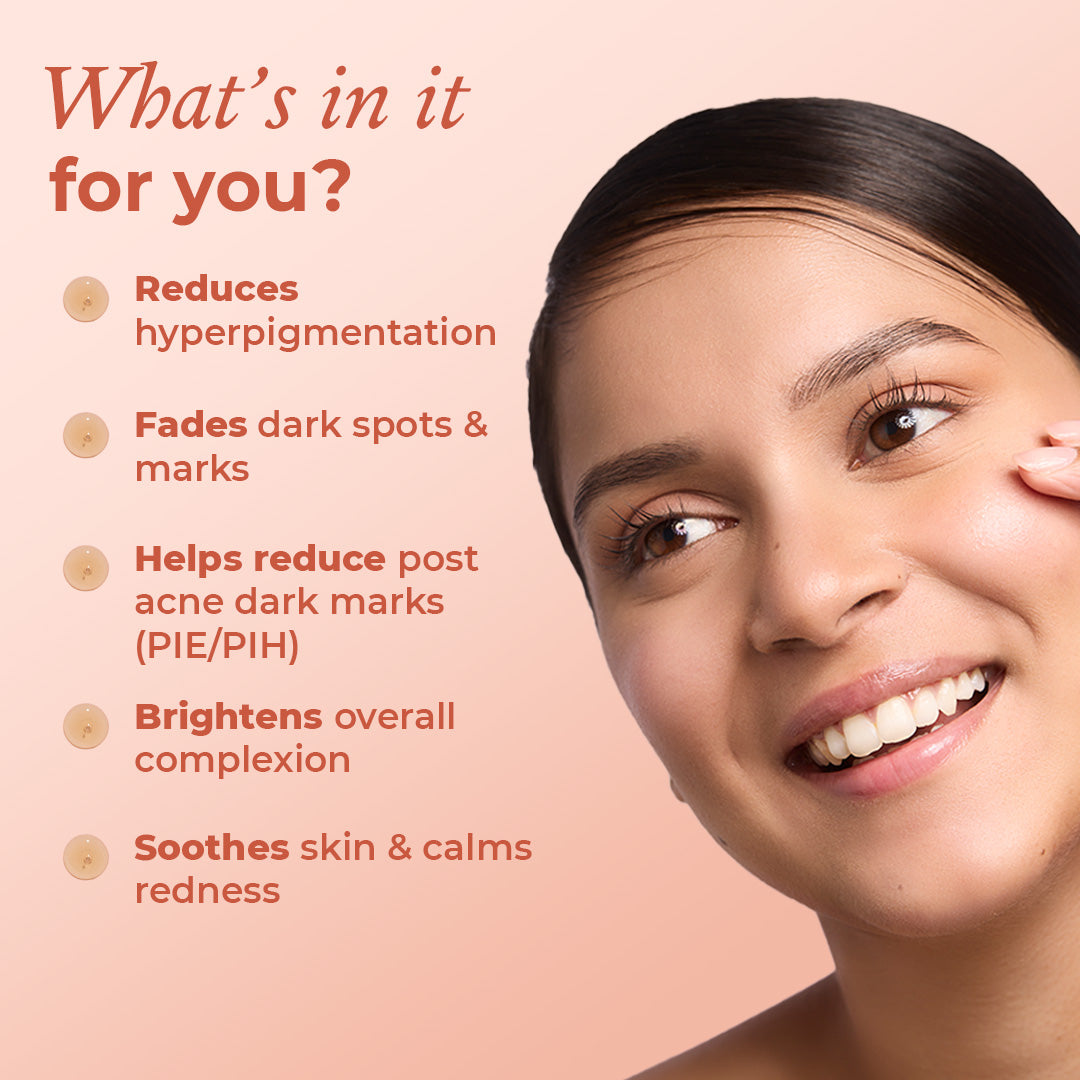

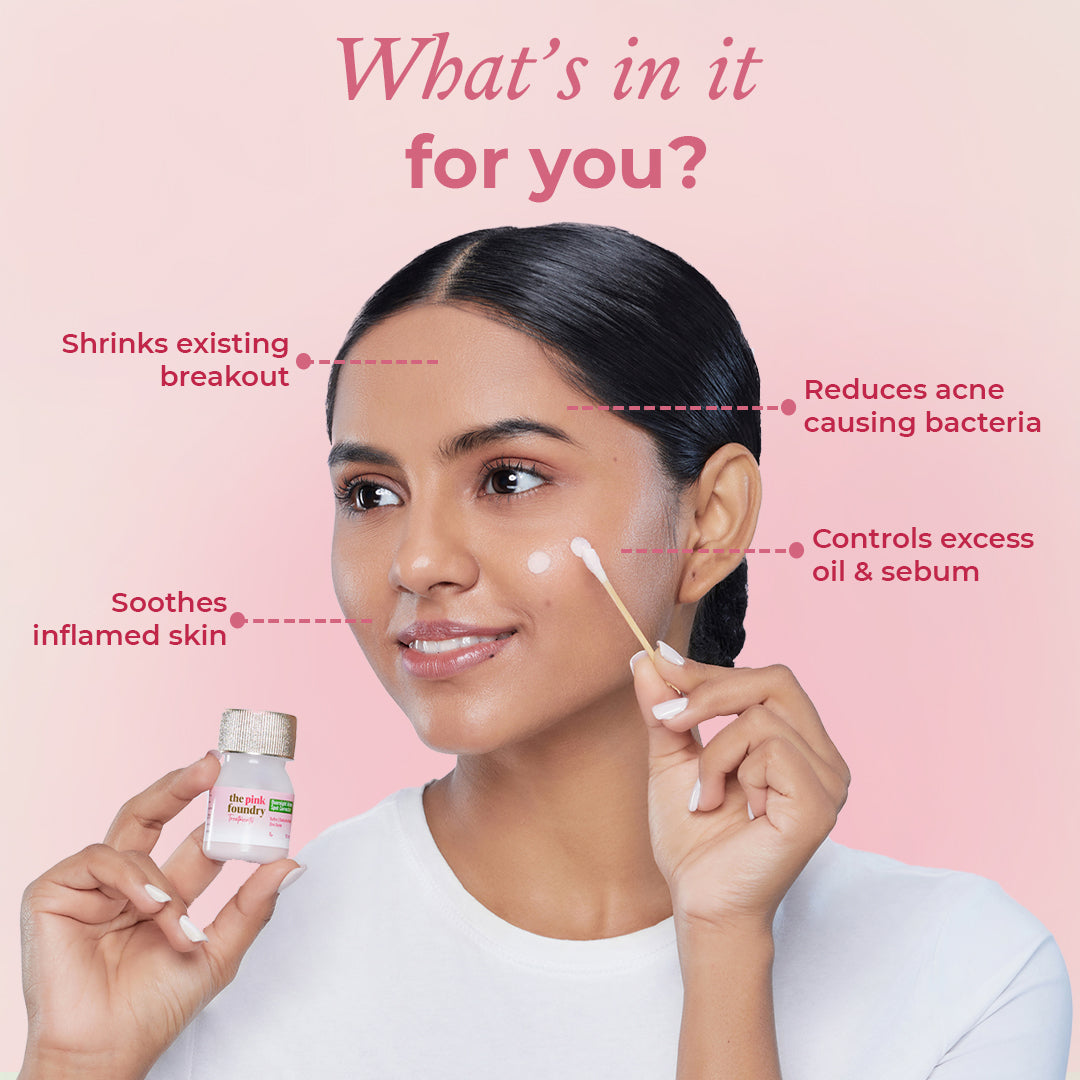
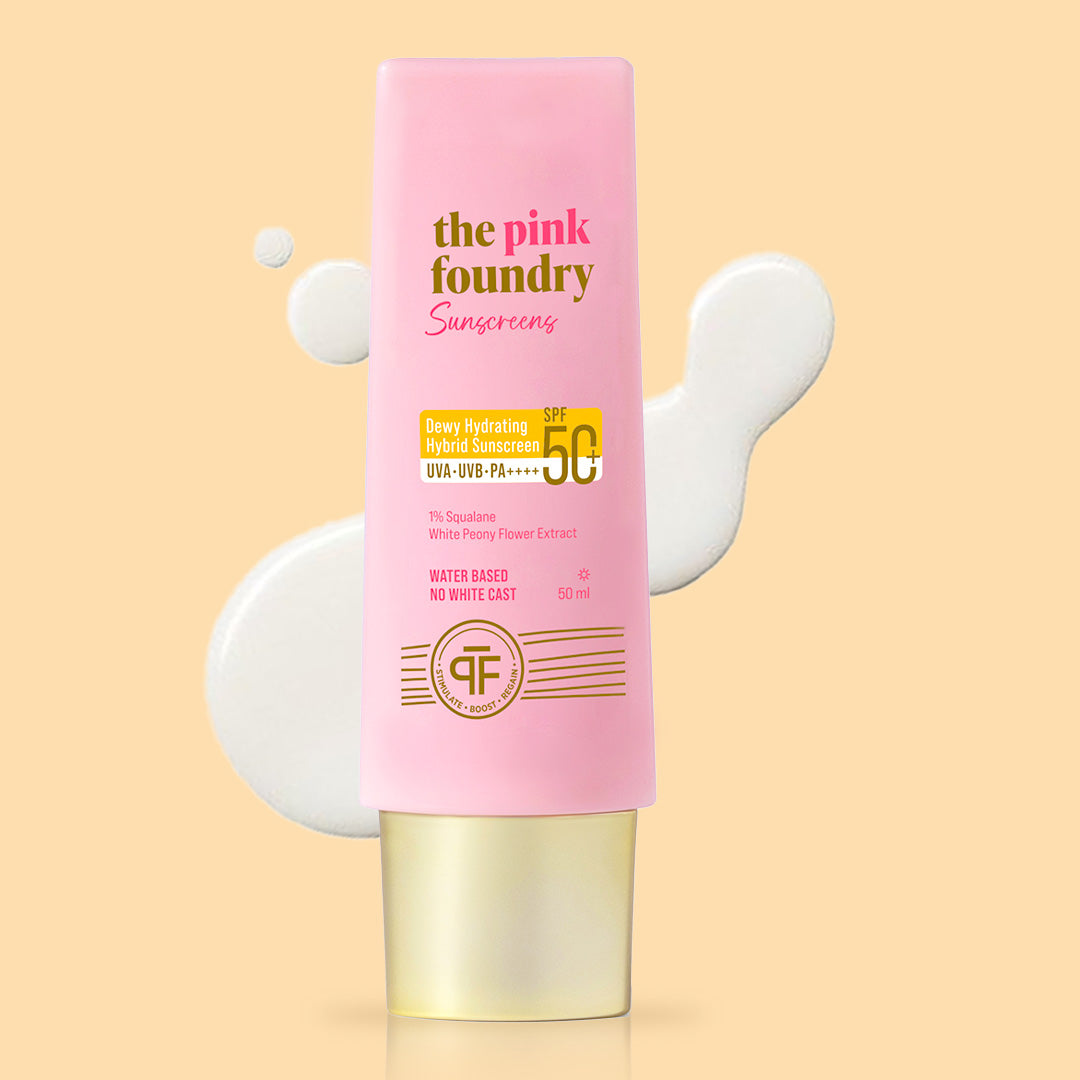
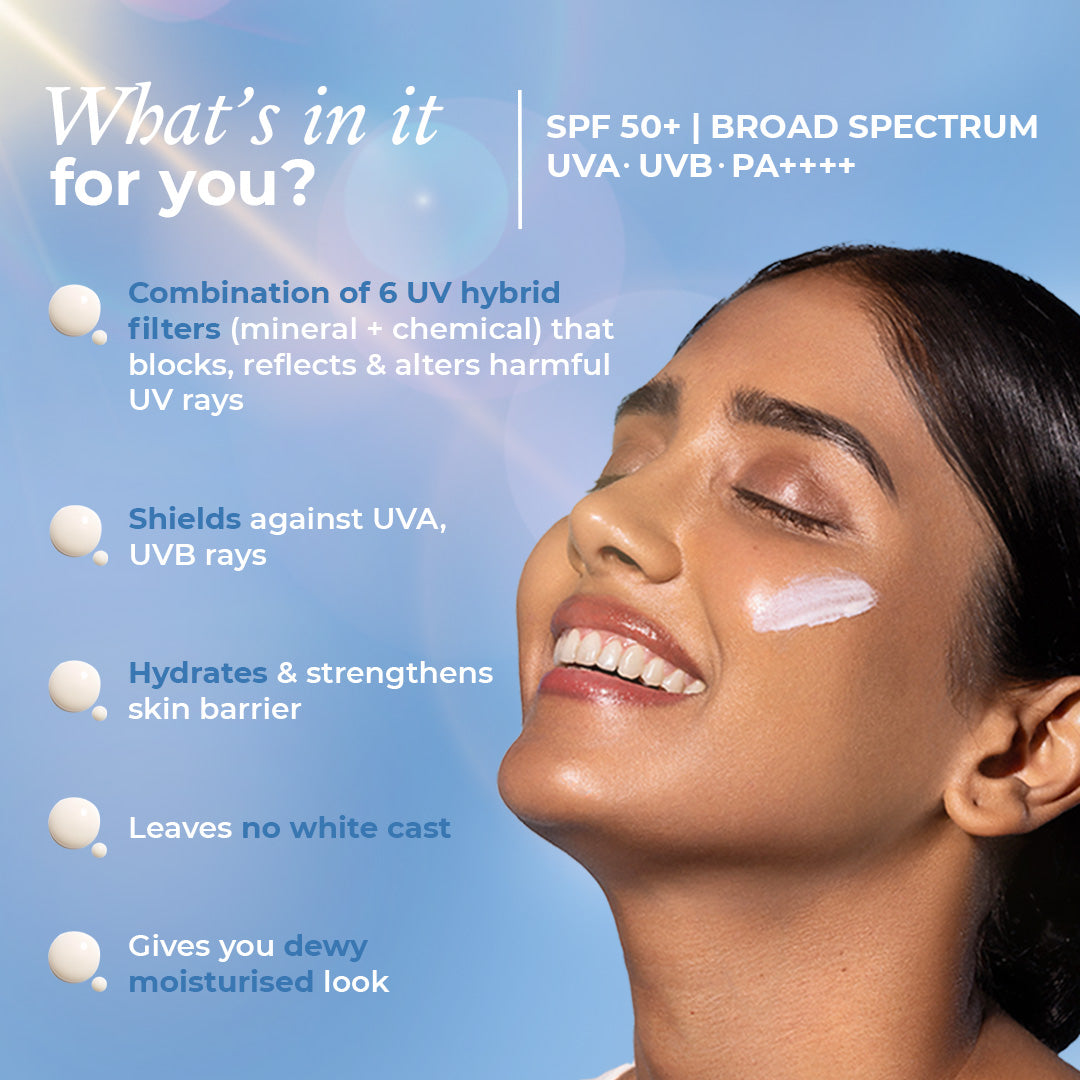
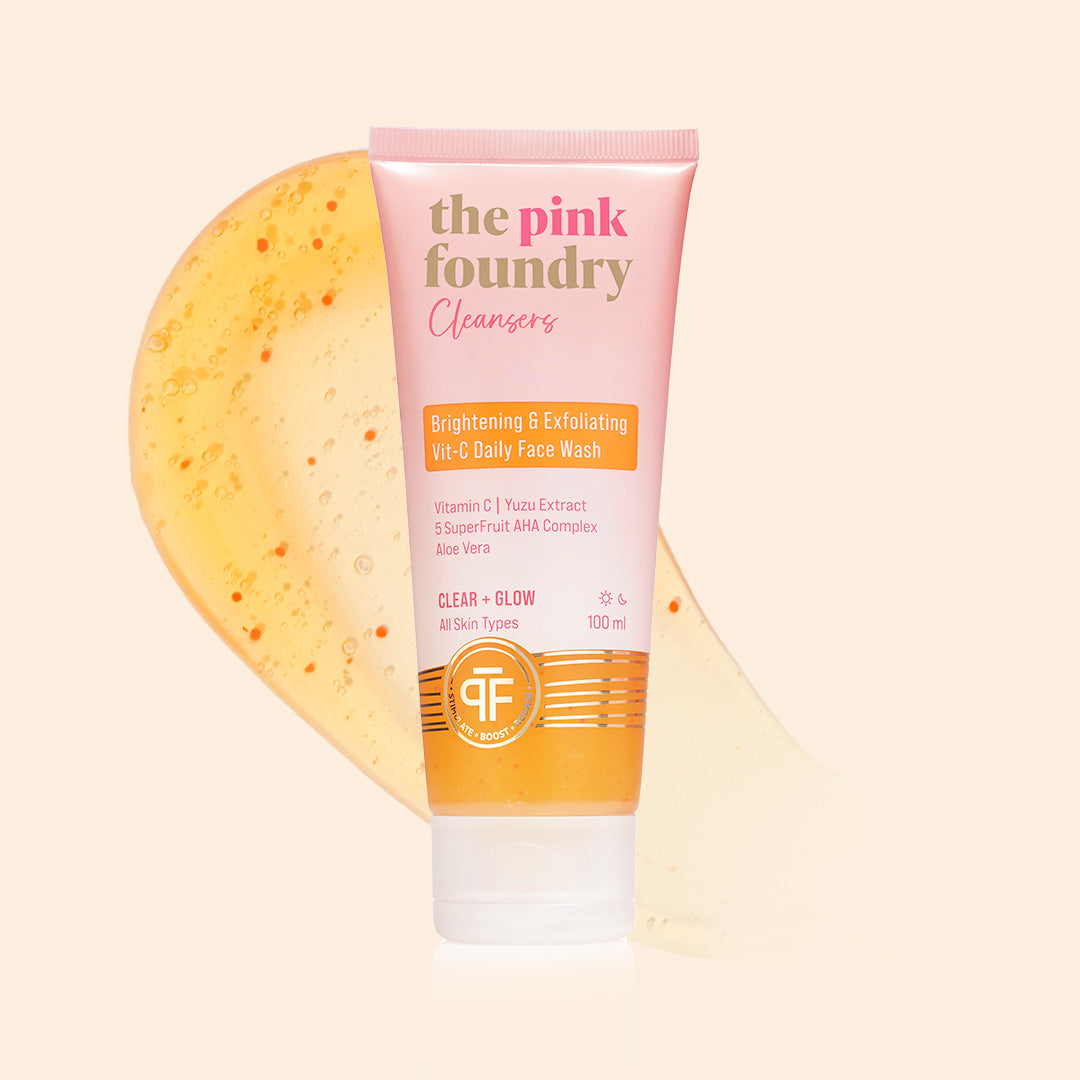
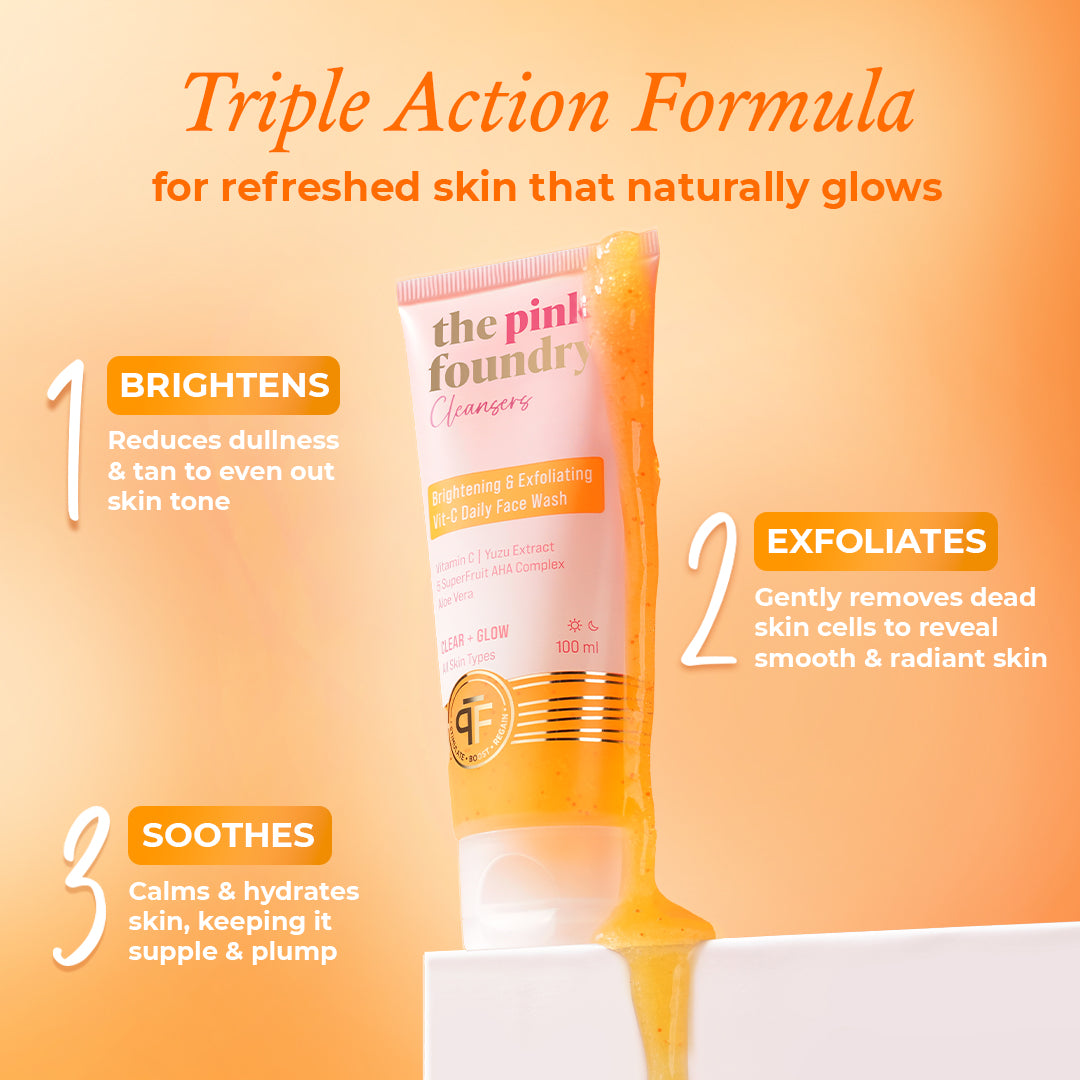
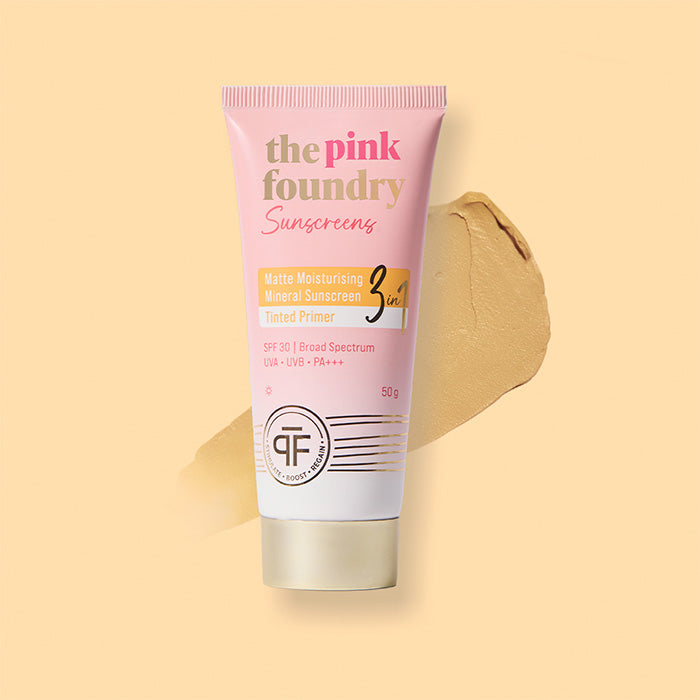
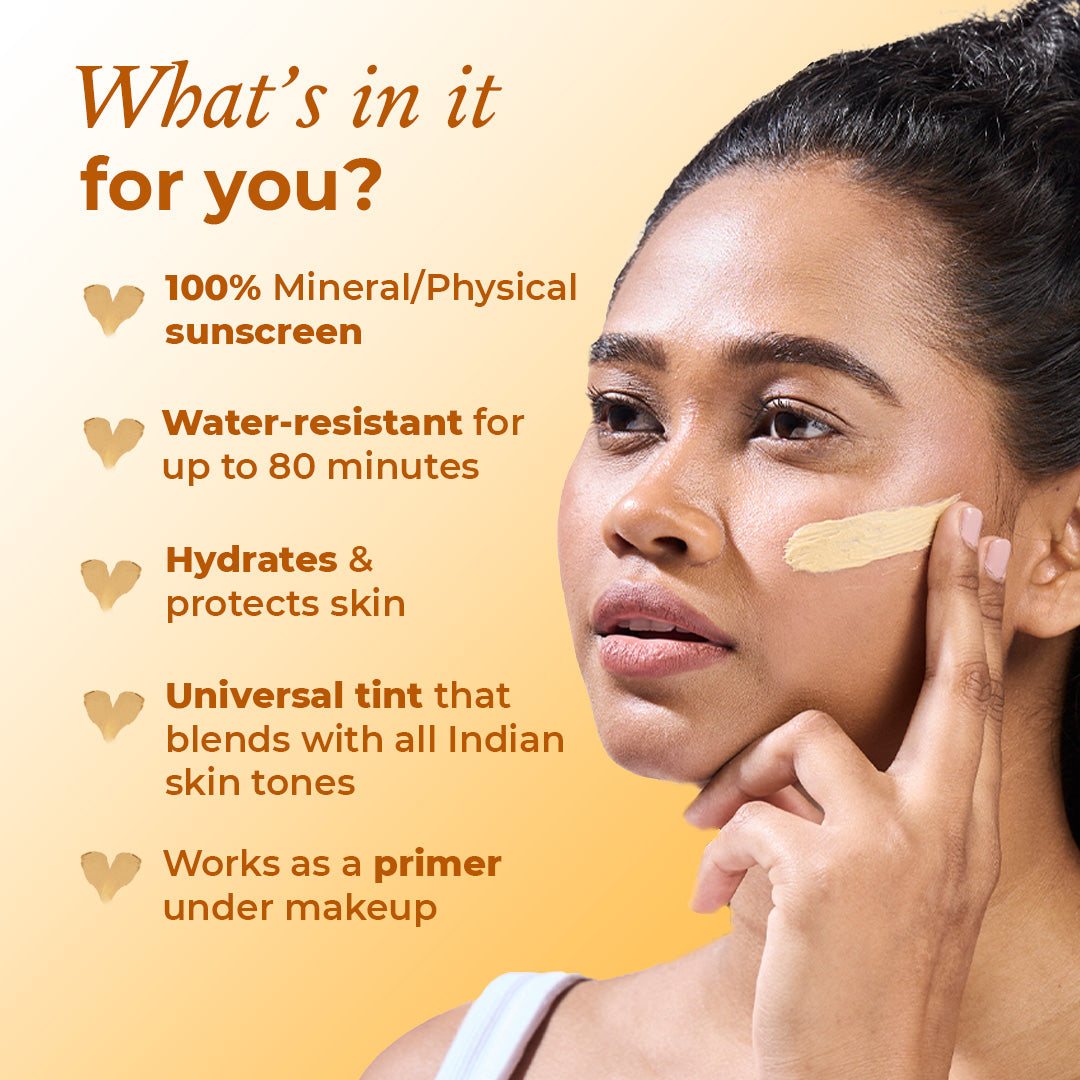
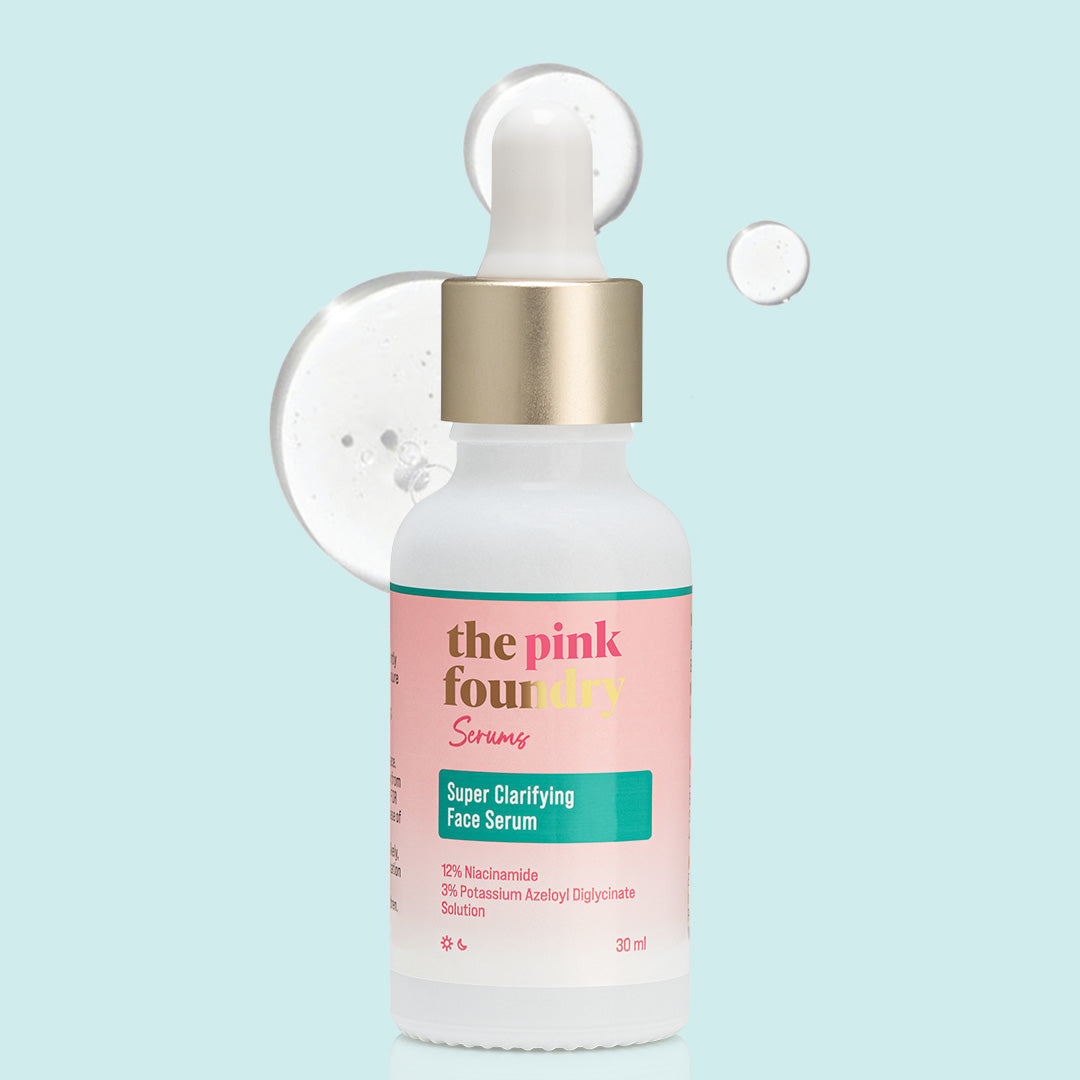
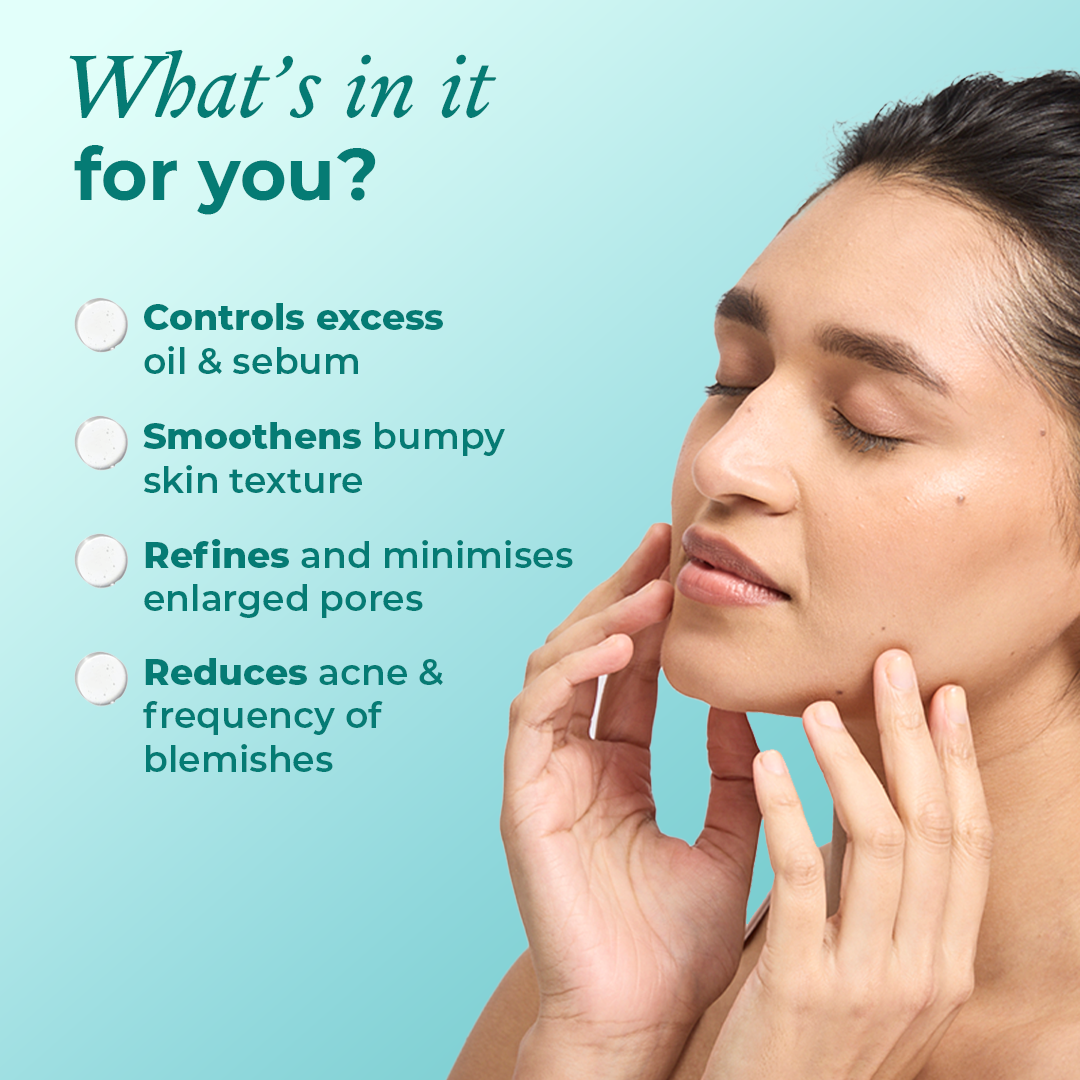

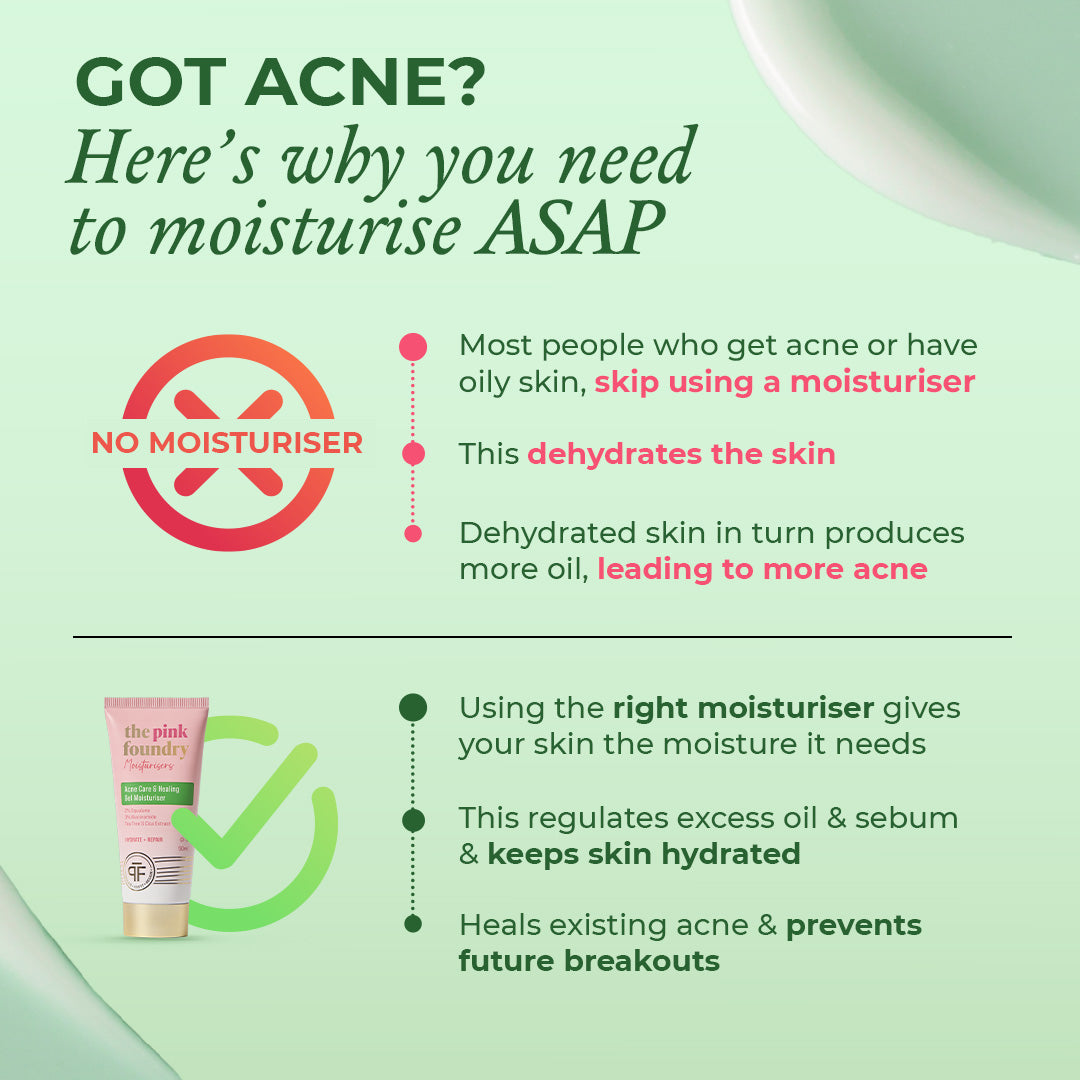
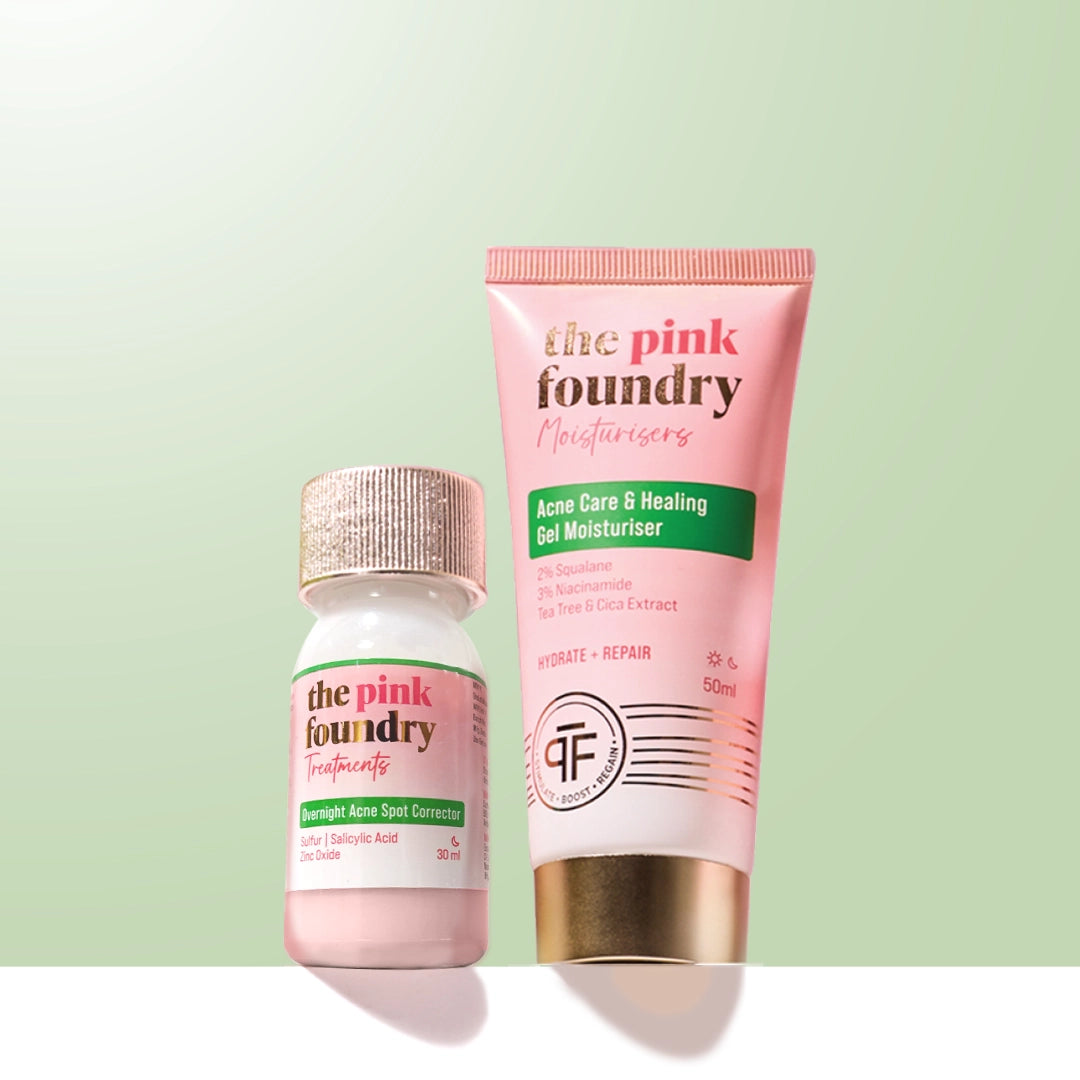
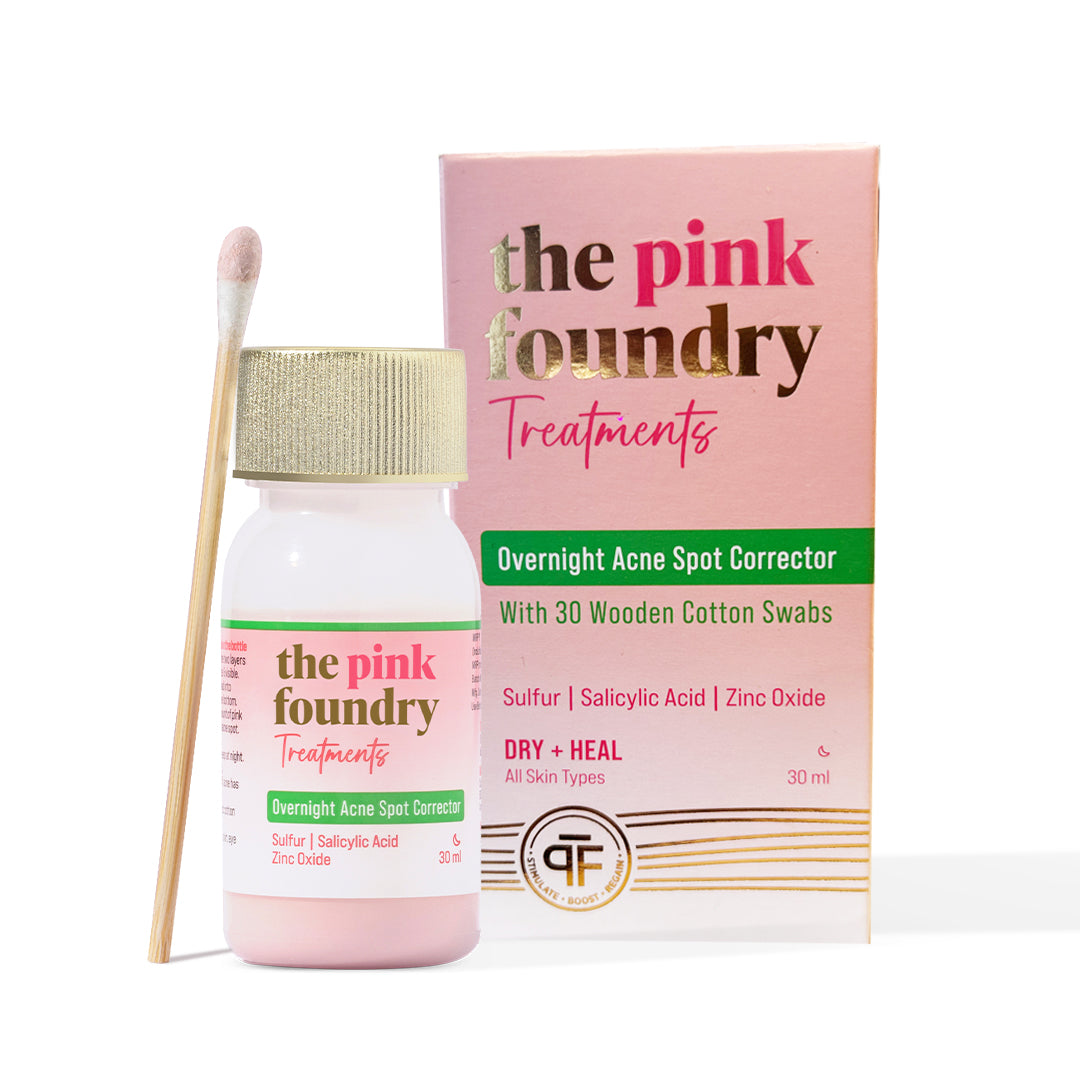
Leave a comment
This site is protected by hCaptcha and the hCaptcha Privacy Policy and Terms of Service apply.